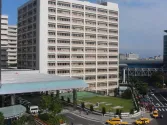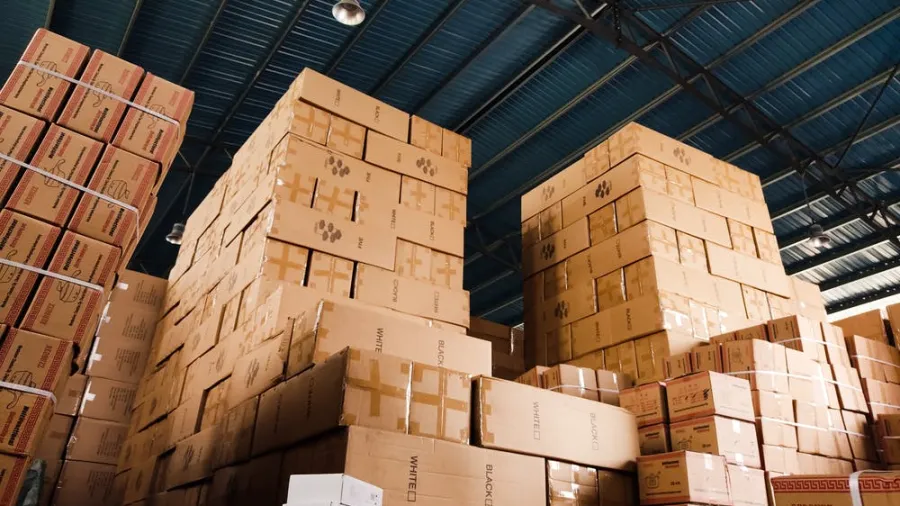
Korean new logistics supply projected to have reached 3.8m sqm in 2024
This is only 63% of 2023 totals.
In a recent report, Savills said that with the onset of COVID-19, online retail sales surged unexpectedly, driving a significant increase in the construction of logistics centers starting in early 2020. Based on logistics centers with a GFA exceeding 16,500 sq m in the Seoul Metropolitan Area (SMA), annual new supply averaged approximately 1 million sq m between 2015 and 2017 and 2 million sq m from 2018 to 2021. However, new supply rose sharply to 4 million sq m in 2022 and further to 6 million sq m in 2023.
"By the end of 2023, the total GFA of logistics centers exceeding 16,500 sq m in the SMA reached 26.9 million sq m, roughly four times the stock recorded at the end of 2015. However, rising benchmark interest rates, escalating construction and labor costs, and tightening conditions in the financing market have led to extended construction timelines and delays in project commencements. As a result, the new supply significantly declined to 2.8 million sq m by Q3/2024. Including projects expected to be completed within the year, the total new supply for 2024 is projected to reach approximately 3.8 million sq m, just 63% of the 2023 level," the report said.
Here's more from Savills:
In addition to the significant decline in new supply in 2024 after a peak in 2023, persistent construction delays and high construction costs suggest that new supply is likely to follow a downward trajectory in the coming years. While most projects permitted between 2019 and 2021 progressed to construction, the proportion of pending or delayed projects has steadily increased since 2021.
As of now, 63% (5.9 million sq m) of projects permitted in 2022 have yet to commence construction, and an even higher percentage, 96% (6.3 million sq m) of projects permitted in 2023 have not yet started.
Consequently, new supply in 2025 is expected to fall even further compared to 2024, potentially easing the current oversupply issues. Should uncertainties in the logistics center financing market improve, projects with higher equity ratios are more likely to progress smoothly through the development process, including construction starts following permit approvals.
However, the excessive supply observed during 2022 to 2023 is unlikely to be repeated in the near future.
During the period of social distancing measures due to COVID-19, heightened demand for fresh produce, such as beverages, groceries, and meal kits, accelerated the demand for cold storage. Consequently, the new supply of mixed-use and cold storage logistics centers grew rapidly. In the SMA, the proportion of new supply allocated to cold storage increased significantly over time, rising from 12% in 2019 to 21% in 2020, 32% in 2021, and 33% in 2023.
However, due to relatively stagnant demand compared to the rapid expansion of new supply, securing new tenants for cold storage facilities in the SMA has become increasingly challenging. Amidst growing vacancy issues, not only have completed logistics centers been affected, but some ongoing construction projects have also been redesigned to convert portions of cold storage space into dry storage.
For example, the Bucheon Naedong Logistics Center, an investment by GIC, was originally planned to be 100% cold storage at the time of a forward purchase but later had approximately 70% of its area converted into dry storage. Similarly, the Hwaseong Seokpo-ri Pivot Logistics Center, completed last year, successfully attracted Samsung Electronics as a tenant by converting cold storage space into dry storage, enabling the project to close successfully through a sale to IGIS AMC.
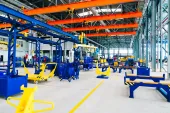

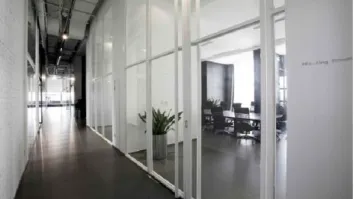




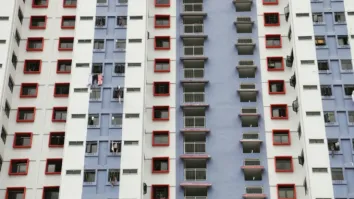











 Advertise
Advertise





